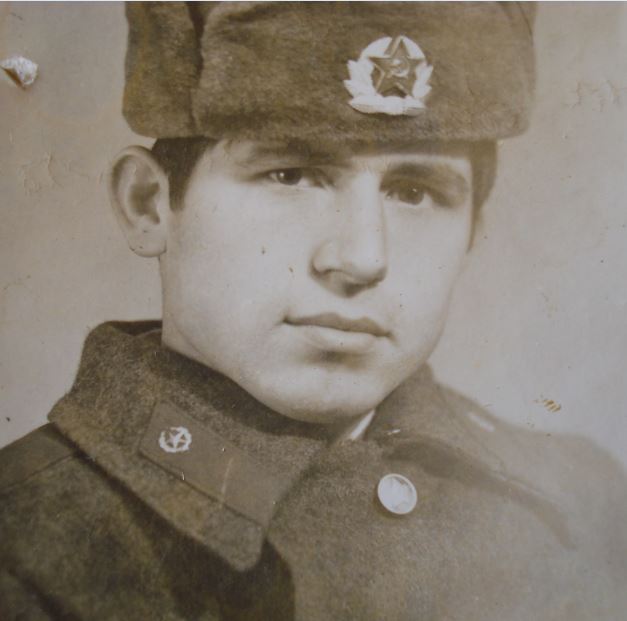The village of Dargo lies high in the Caucasus Mountains. It was once the capital of the Imamate, a state that emerged in Chechnya and part of present-day Dagestan in the mid-19th century. For many years, it was a centre of resistance against the expanding Russian Empire, which grew by seizing surrounding lands and peoples. Military expeditions were repeatedly launched against Dargo. One battle near the village even went down in history as the most disastrous defeat for the Russian army during the Caucasian War of 1817-1864. During the First Chechen War of 1994-1996, the village housed the Chechen resistance headquarters, and in the early 2000s, it was repeatedly bombed and shelled by long-range missiles and artillery.
The experience of the wars in Chechnya shows that long-range strikes, despite their deadly impact, are not the worst thing the civilian population faces. Shells and bombs are just iron; they are not always accurate, may fail to detonate, and can often be avoided, especially if they are fired at towns or villages during the day rather than at night. It is far, far harder to defend against the nearby soldiers and officers who are pumped up with propaganda, mentally unstable, constantly drunk, and fearful for their own lives.
Life became unbearable for Dargo’s residents when Russian military units settled around the village after the Chechen fighters retreated to the mountains. Long-range shelling was replaced by bloody raids. On September 16, 2000, soldiers stormed the village again and shot two young men dead in the street. Reports on Russian central TV channels claimed the men were militants who had allegedly resisted arrest. Local residents dispute this version, but aside from human rights defenders who learned of the events months or years later, who would believe them? The world largely agreed with Vladimir Putin’s claim that Russia was at war only with terrorists, not with the Chechen people.
Television reports made no mention of other crimes committed during the raid on Dargo. On Gornaia Street, for instance, Russian soldiers burst into the home of 45-year-old Khamadi Zagalaev and killed his wife. They then grabbed Zagalaev, beating him with rifle butts and kicking him before shoving him into an armoured vehicle. Before leaving, the soldiers set fire to his house and those of his closest neighbours.
There was no way to twist the murder of a woman and the arson of civilians’ homes into something heroic, even for Russian journalists skilled in turning facts upside down. Killing young men in the street is one thing (weapons were planted on them for the camera), but an elderly man abducted from his home and a woman shot for defending her husband is quite another. The story of Khamadi Zagalaev’s abduction and his wife’s murder remained unknown for a long time.
Similar crimes were committed all over Chechnya. In those same September days of 2000, for example, Dzhambulat Chataev was seized near “Rodina” movie theatre in Grozny in front of numerous witnesses and subsequently disappeared without a trace. In the town of Urus-Martan, Russian soldiers illegally detained 30-year-old Magomed-Ali Abaev and his 24-year-old relative Anvar Shaipov in front of witnesses. Both were taken into the location of a Russian military unit, and they never emerged, joining the lists of missing residents of the Chechen Republic. Near the village of Alkhan-Yurt, soldiers from the 245th Russian regiment captured a father and son, the Sugaipovs, who were herding cattle. The 67-year-old father was beaten and released a few hours later, but the fate of his son remains unknown to this day.
Khamadi Zagalaev’s fate also remains unknown. His relatives were able to reach out to human rights defenders only seven years after his abduction. They were unable to leave their mountain village, which was cut off from the Chechen plains not only by mountains and forests but also by dozens of military checkpoints. They were also afraid. The small village of Dargo, with a current population of just 2,000-2,500 people, lost more than 200 to killings and abductions. In every family, someone had been killed, wounded, or disappeared after being disappeared by Russian security forces. Not a single family has received a clear answer from the prosecutor’s office, courts, or other bodies that supposedly uphold justice in Russia to the questions: Why did they endure all this? And will there ever be an objective and impartial investigation of the terror inflicted upon them?
This article is based on materials from human rights organisations, compiled and systematised in the electronic database of the Natalia Estemirova Documentation Centre (NEDC).
Contact us
Employee
